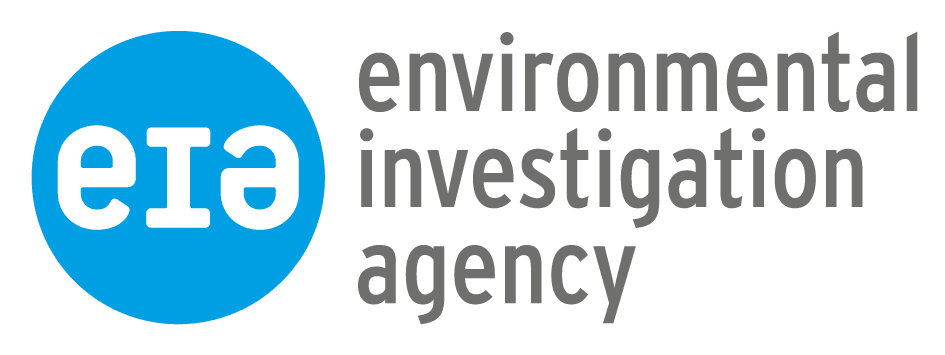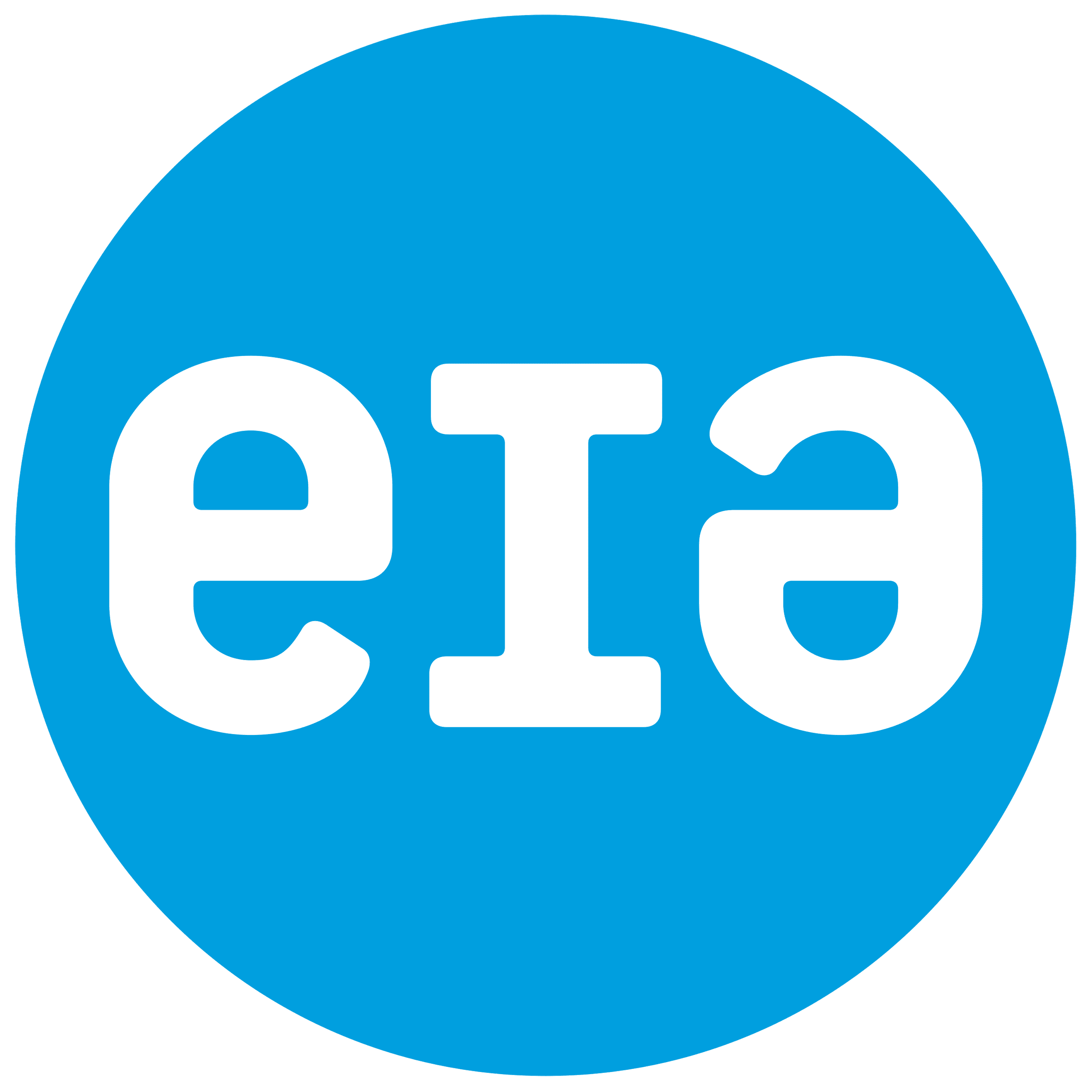Iceland’s image as a whale-watching capital harpooned



REYKJAVÍK: Photographs of an Icelandic whaling vessel dragging dead endangered fin whales to shore for processing were released today by Timothy Baker, a US whale-watching tourist.
Hoping to see protected fin whales in their natural environment, Baker and others in his party were instead confronted by the grim spectacle of the Hvalur 8, owned by Icelandic multi-millionaire whaling kingpin Kristján Loftsson, towing dead whales back to port.
“Watching the whaling vessel heading into port dragging the dead whales was the definition of a crossroad for Iceland,” said Baker, disturbed by the incident. “You can’t have dead whales being the only thing seen by people who spend money on whale-watching.”
After learning of the incident from Baker firsthand, the Animal Welfare Institute (AWI), Environmental Investigation Agency (EIA), and WDC, Whale and Dolphin Conservation are calling on Iceland’s Ministry of Fisheries and Agriculture to immediately rescind all whaling quotas to protect the country’s reputation as a premiere nature tourism destination.
To date, 28 minkes and 91 endangered fin whales have been killed in the 2015 Icelandic whaling season. Iceland’s quotas (number of whales it kills) are self-allocated and are not approved by the International Whaling Commission.
Since its inception in 1991, Iceland’s whale-watching industry has been steadily growing; today, it is estimated that as many as a quarter of all tourists go whale-watching. In 2014, more than 118,000 people took a whale-watch tour out of Reykjavík, generating more than 940 million krónur (₤4.5 million/$7.1 million) in ticket sales and millions more in associated purchases.
Representatives of Iceland’s minke and fin whaling industries downplay the potential negative impact of their activities on tourism. However, as Baker’s experience demonstrates, the two industries are diametrically opposed and IceWhale, the Icelandic whale-watch association, concurs. In May, the organisation issued a statement protesting the start of the 2015 whaling season and raising concerns about the drop in minke whale sightings in whale-watching areas.
Loftsson’s whaling company, Hvalur, is understood to be running at a loss, subsidised by its holdings in other companies to which it is connected. In February 2015, Iceland’s fisheries minister indicated that each minke whale landed earns the whalers about 1 million krónur (₤4,800/US$7,550). By comparison, IceWhale says ticket sales for just one whale-watch trip (125 passengers) generates the same income.
“Iceland is an amazing country, with unique vistas and incredible wildlife,” said Susan Millward, executive director of AWI. “It is a shame that its image is being tarnished by cruel commercial hunts for minke and endangered fin whales and by exports of whale products.”
Clare Perry, team leader of EIA’s Oceans Campaign, said: “It’s absurd that the whaling activities of just one man and his company – conducted with utter disregard for world opinion and financial reality – are profoundly tainting Iceland’s reputation as a tourist destination. People want to see these majestic creatures in their natural element, not dead in the water.”
“How can a cruel and unnecessary activity such as whaling be allowed to sabotage Iceland’s thriving whale-watching businesses when the latter industry contributes over US$7 million to the Icelandic economy, while the latest figures show that whaling makes a US$7.5 million loss?” said Chris Butler-Stroud, chief executive officer of WDC.
A July 2014 poll conducted by marketing company ORC International, examining the attitudes of UK and German citizens towards Iceland’s whaling, found that almost 90 per cent of people would be unlikely to take a whale-watching trip in Iceland if there was a possibility of seeing whales being killed or dead whales being transported back to shore.
Baker’s photographs can be viewed and downloaded here.
Contacts:
Editor’s Notes
1. The Animal Welfare Institute, headquartered in Washington DC, was founded in 1951 and is dedicated to alleviating suffering inflicted on animals by humans. www.awionline.org
2. The Environmental Investigation Agency (EIA) investigates and campaigns against environmental crime and abuses.
3. WDC, Whale and Dolphin Conservation is the leading global charity dedicated to the conservation and protection of whales and dolphins, defending them against the many threats they face through campaigns, lobbying, advising governments, conservation projects, field research and rescue. Its vision is a world where every whale and dolphin is safe and free. www.whales.org.
ends